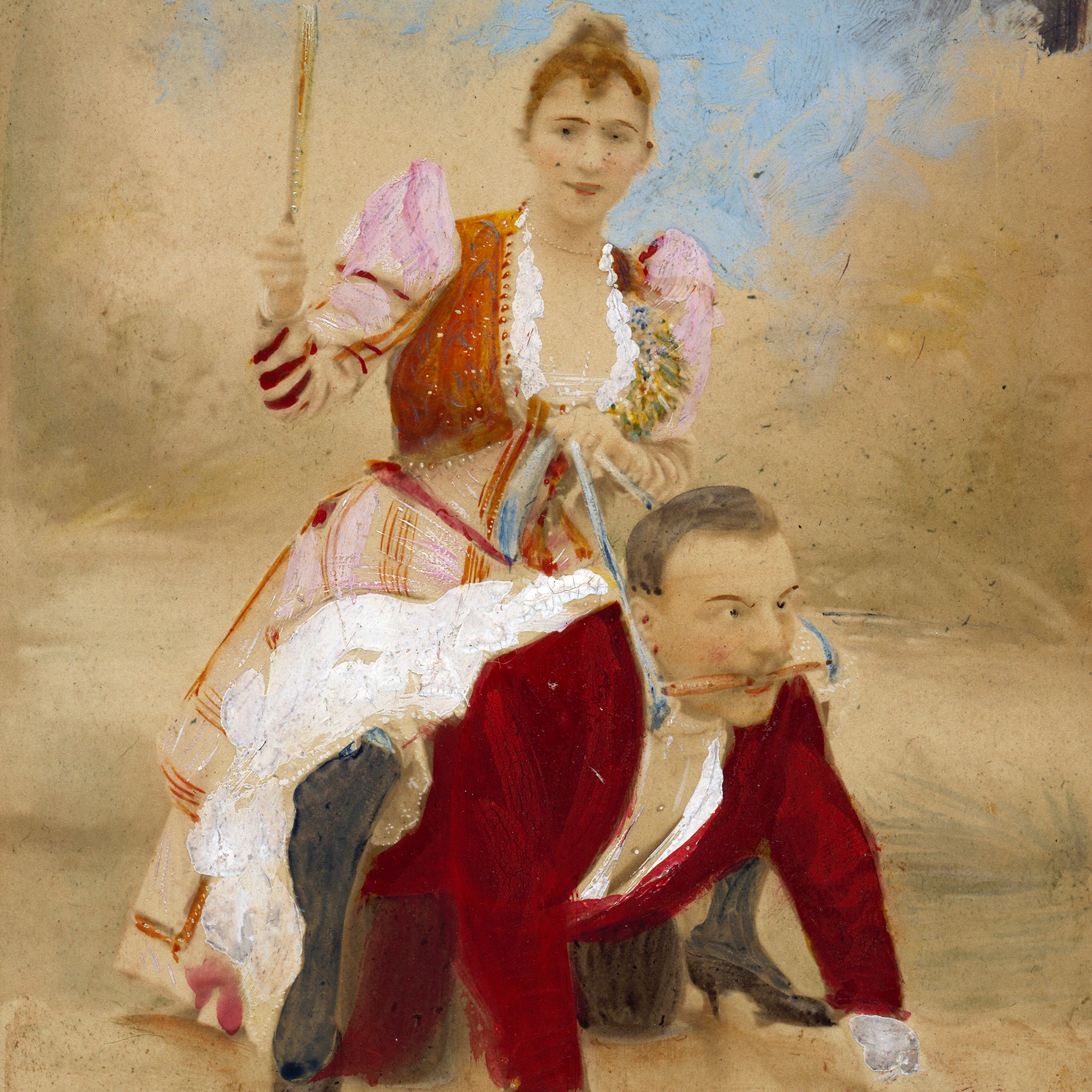Oh you sexy things! The inside scoop on this Autumn's spiciest exhibition
From galloping phalluses to postcard kink, a new exhibition looks at the study of sex over the last 150 years

London’s Wellcome Collection certainly knows how to reel us in – recently, the medical science museum has staged eye-catching exhibitions on dirt, death and drugs and now, after expanding its galleries, it is reopening with a show called The Institute of Sexology.
After all, there’s no subject more likely to make them a “destination for the incurably curious” – as their mission statement goes – than sex.
But look closer and it’s a little more complicated. The focus is actually on those pioneering men and women who study sex. It covers the past 150 years of such study in the Western world: “It makes sense to start from the point where people wanted to legitimise sex by looking at it as science,” says curator Kate Forde.
There will be plenty of naughty bits to titter at, if not to titillate. But the curators hope to do more than just make us gawp; here are just some of the insights, spicy and otherwise, that it offers:
1. ‘Freud had a spiky attitude to sex’
His letters and photographs feature in the exhibition alongside, most intriguingly, a bronze porcupine that spent its life atop his desk. And why did the father of psychoanalysis like to keep such a spiky critter? “It was a metaphor for human relations,” explains Forde. “When it’s very cold, porcupines nestle together to keep warm, and they have to perform this sort of dance, to and from each other, so they don’t get poked! It’s a nice analogy for the distance people need to keep – as well as the intimacy they crave.” Freud spent much of his career showing how sexual desire could be thorny, as well as horny.
2. ‘Victorian gents were into phallus worship’
“He wasn’t alone,” says Forde, who explains there were many Victorian gentlemen collectors united in their fascination with “a global belief in the importance of fertility, which you could trace back to ancient civilisations. Wellcome looked for evidence of this far and wide, sending his agents to gather material that would prove it.” Not that such items were deemed suitable for public consumption: the Wellcome Museum, like the British Library and British Museum, had a “secret room” to house erotic, explicit collections, which only certain gents were privy to.
3. ‘Conservatives came up with your favourite kinky terms’
The naughty postcards come from his own collection, however: were they for reference purposes, then, or was he more into all that stuff than he was letting on? “Well, you can come up with your own theory on that…” smiles Forde.
4. ‘No two sex lives are the same’
Just, as it turned out, like humans and their sex lives. Kinsey’s work on wasps, weirdly, formed a blueprint for the methodical approach that he would take to human sexuality – obsessively collecting as many samples and as much detail as possible – even as the urge to classify ended up proving how varied we are. Working 14 hours a day, conducting lengthy interviews of up to 521 questions of each participant, it’s no wonder his vast tranche of data is still being analysed to this day.
5. ‘Sex scares people in power’
German scientist Magnus Hirschfeld (1868-1935) established the Institut fur Sexualwissenschaft (Institute of Sexology) in Berlin during the Weimar Republic; it collected evidence of the diversity of sexual practices across the globe, attempting to separate sex from morality.
“He was a surgeon but he was also a Jew, and openly gay,” says Forde – not a cocktail popular with the Nazis, and Hirschfield had to flee Germany. He happened to see the bonfire of his 10,000 books at a cinema in Paris: “He described it as if he were witnessing his own funeral,” says Forde.
He was far from the only sexologist to have faced censorship: Freud and fellow psychoanalyst Wilhelm Reich’s books were also burnt by the Nazis; Kinsey was accused by the McCarthyites of running a communist plot to weaken morality. And, as recently as 1990, the moralistic Thatcher government stepped in to stop the Department of Health from funding Natsal, the National Survey of Sexual Attitudes and Lifestyles, set up in the UK in the wake of HIV.
6. ‘Women may make better sexologists’
Indeed, with women’s greater access to higher education, Seventies sexology saw increasing numbers of female researchers emerge, providing a crucial new perspective on both the type of experiments and machines used, such as vaginal photoplethysmographs, which measured blood flow in the vagina walls.
But it’s not just about knowing what might, ahem, work down there: more recent, questionnaire-based studies such as Natsal have benefited from being led by women. “Practically all the principal investigators are women,” says Forde. “People often find it easier to talk to women about intimate matters ... they seemed to get more out of people.”
‘The Institute of Sexology’ is at the Wellcome Collection from 20 Nov to 20 Sept 2015
Join our commenting forum
Join thought-provoking conversations, follow other Independent readers and see their replies
Comments
Bookmark popover
Removed from bookmarks